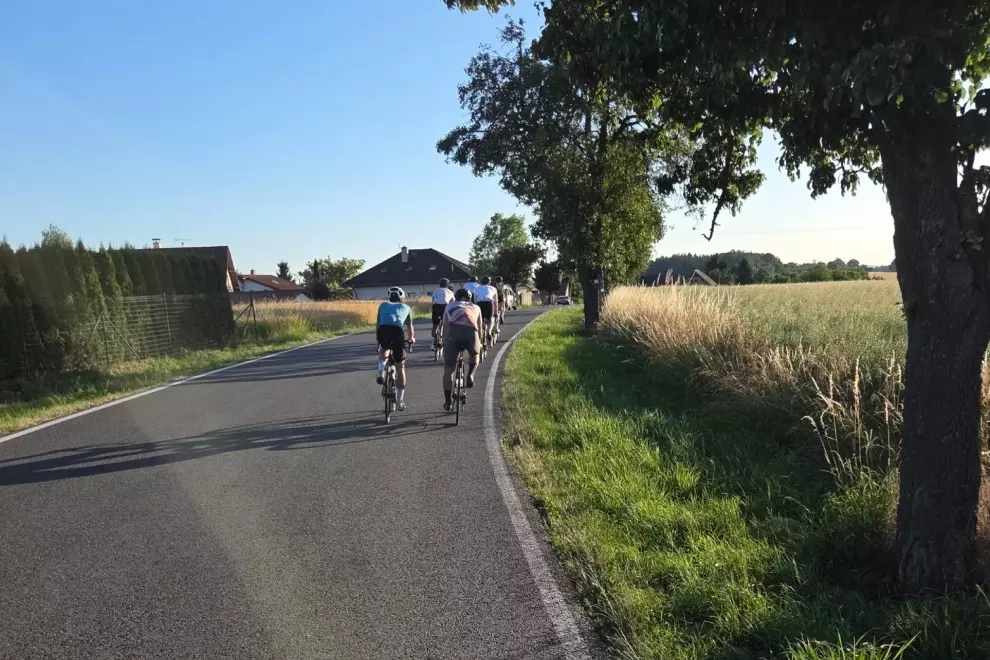The first modern circuses, which took place in the early 18th century, were primarily demonstrations of tricks performed on a horse, first by former soldiers who learned the skills in military training, and later by men and women trained from a young age to do acrobatics atop a horse.
After the bicycle started competing with the horse as a means of personal transportation, it also became popular with acrobats and other performers. The public of that time, impressed by the novelty of the bicycle, admired performers who rode an “ordinary” (also called a penny-farthing). They were called ordinaries because these high-wheeled bikes were the two-wheelers most in use at the time.

Soon, circus troupes, theatrical and fairground performers and other entertainers started experimenting, both with safety bicycles and ordinaries. A safety bicycle (or simply a safety) became very popular in the late 1880s as an alternative to the ordinary and is now the most common type of bicycle. They were known as safety bicycles because they were marketed as being safer than the high wheelers they were replacing. Safeties were more versatile but tricks on ordinaries made a deeper impression on the audience because of the greater risk involved, especially when it involved more than one rider on the bike.
It’s unclear when bikes became a popular foil for circus clowns but it could not have been long after bicycles were first used in circuses. From the moment bicycles first appeared on the streets of 19th century France, some riders began using them for comedic visual effect or stunts.
Acrobats adapted bicycles for trick riding but clowns wanted bikes that looked unusual, to increase the comedy. A grown man riding a tiny bike was incongruous and funny so they often used small bikes. An example of a bike produced especially for clowns is the George Stratton clown bike, first made in the 1950s. It has a lightweight frame that was professionally ‘abbreviated’ to create a bicycle that is as functional as the full-size model but can be ridden in an amusing way with its 40.7-cm frame and wheels – for example, with the rider’s legs sticking out sideways. It also included a 22.8-cm chainwheel and oversized honking car horn to increase its “clownish” appearance.

Today, circus clowns use a variety of bikes, from ordinary machines, which often involve performers performing various tricks while they ride, to monocycles with elevated saddles. Unicycles used in circuses generally have a single gear and no freewheeling. This gearing configuration is also often used on other circus bikes. Little bicycles are sometimes so small that the clown can ride it in front of the audience (but he has to pedal very fast to reach even ordinary walking speed) and then pick it up and put it into his pocket.
Generally, circus performers today use BMX bikes, either commercial or slightly customized, unicycles, tall unicycles, tiny bicycles, bicycles with eccentric wheels (or bucking bikes), and bicycles that can be easily disassembled into smaller parts.
If the idea of riding a bike in a circus while wearing a red nose appeals to you, check out this link for circus bikes you can purchase to practice on.




